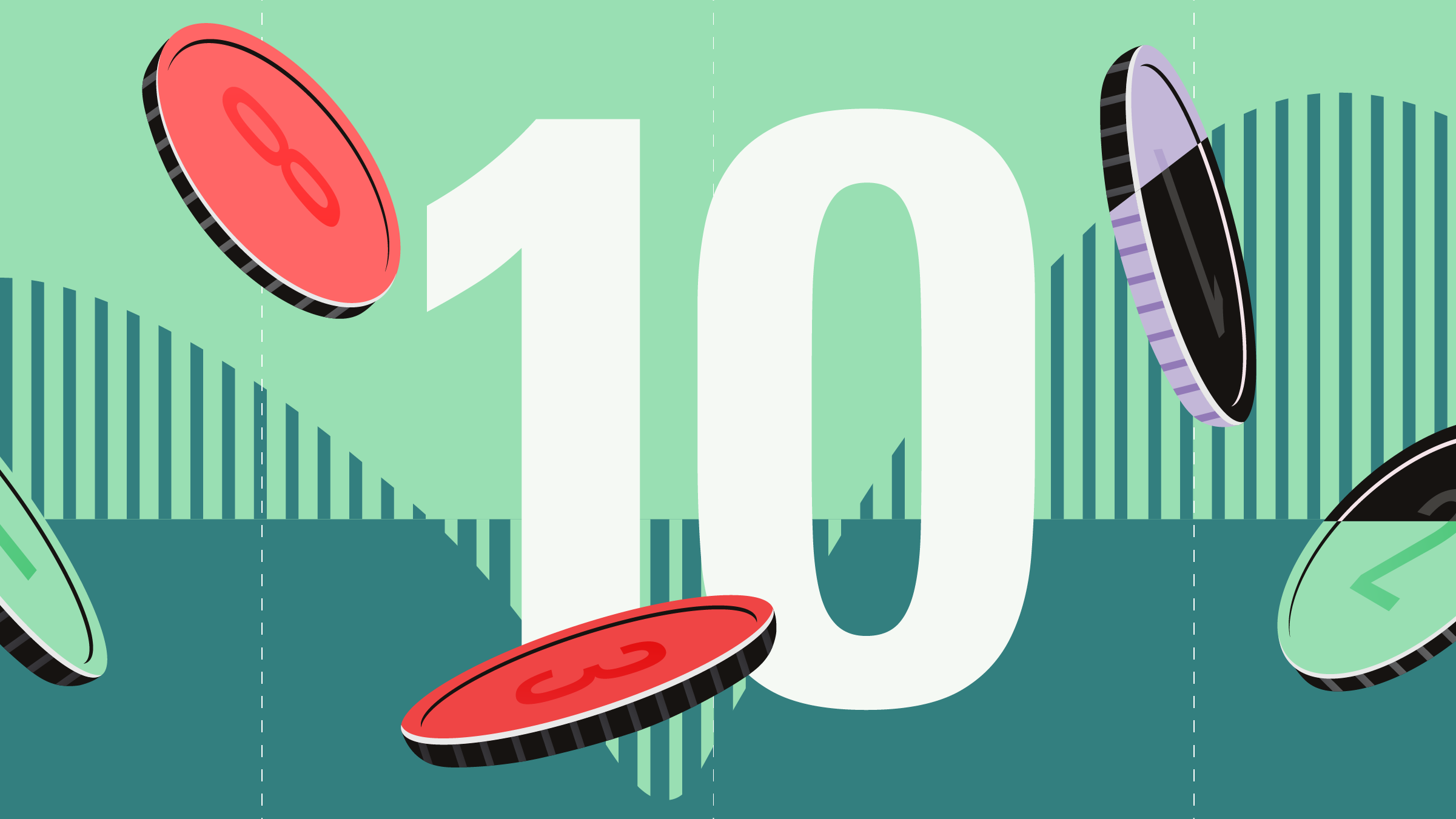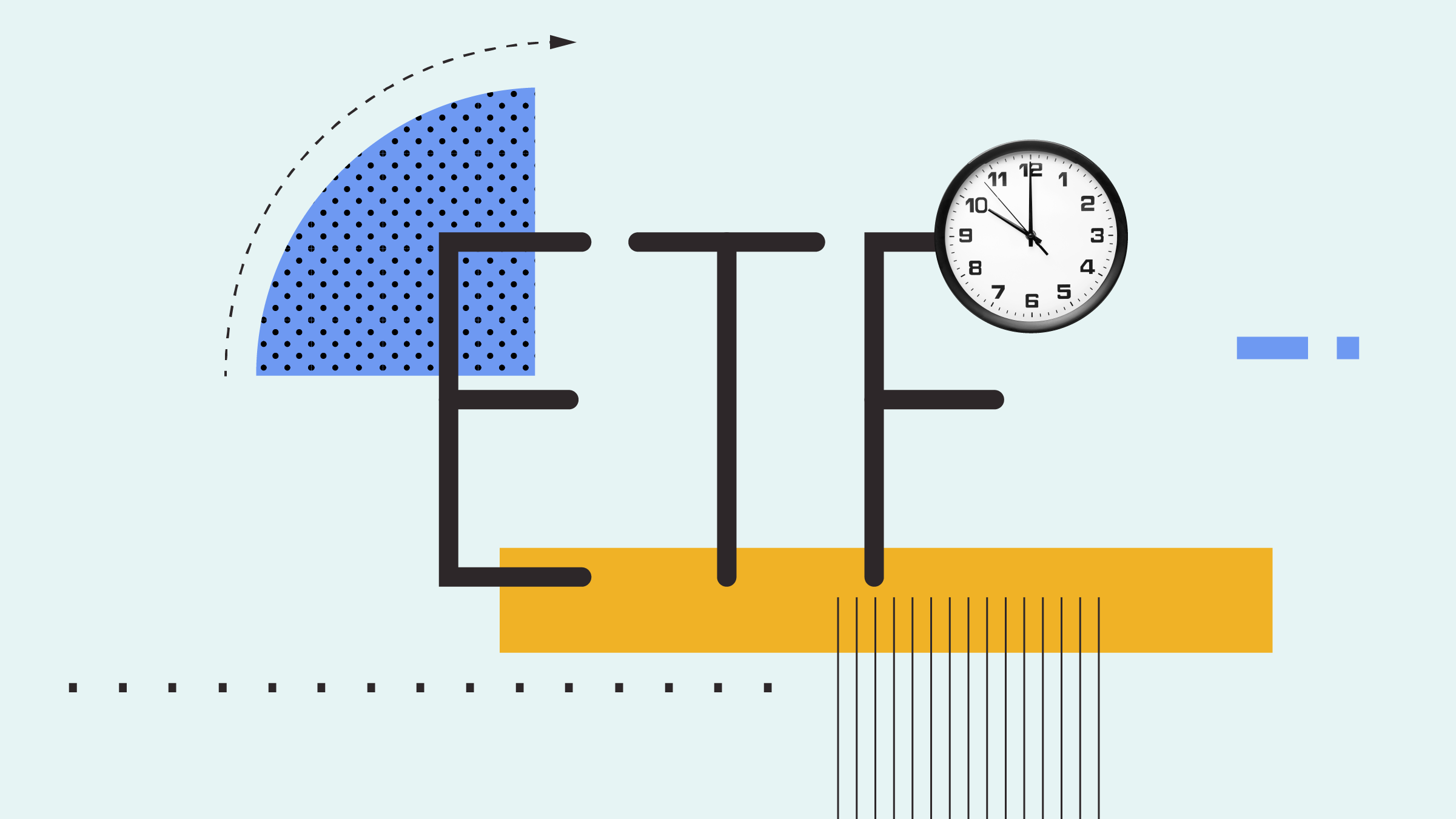Presidentinvaalien jälkeen Yhdysvalloissa huomio kiintyy valtion velkaantumisen hillitsemiseen. Morningstarin pääekonomisti Bob Johnson kertoo tässä laajassa videossa, miksi Yhdysvaltain velkaantumisesta on tullut ongelma nyt, kun maa on jo pitkään elänyt alijäämäisessä taloudessa.
Yhdysvaltain liittovaltion alijäämä on sata prosenttia bruttokansantuotteesta. Kolmannes tästä velasta on kuitenkin velkaa amerikkalaisille sosiaaliturva- ja eläkejärjestelmän kautta. Jos tämän laskee pois, on velka 67 % bruttokansantuotteesta.
Tyypillisesti Yhdysvaltain liittovaltion budjetti on ollut noin 20 prosenttia bkt:sta ja tulot noin 18-19 prosenttia. 2000-luvulla mm. vuoden 2004 veronalennukset sekä Irakin ja Afganistaninen sodat kohottivat menot 25 prosenttiin bkt:sta kun taas tulot putosivat. Muutokset repäisivät budjettiin suuren reiän.
Vuodenvaihteessa 2012-13 erääntyy useita määräaikaisia veronalennuksia, ja jos niitä ei uusita, nousevat kansalaisten verot liian paljon yhdessä vuodessa, Bob Johnson arvioi.
Haastattelijana on Morningstar.com-sivuston päätoimittaja Jason Stipp.
Jason Stipp: I'm Jason Stipp for Morningstar.
Now that the election is behind us, market watchers have turned their attention to some of the pre-existing economic problems that our country faces, including the debt and deficit.
Here to talk about some of the work that we need to do there is Morningstar's Bob Johnson, our director of economic analysis.
Thanks for joining me, Bob.
Bob Johnson: Great to be here.
Stipp: We hear a lot about debt and deficit as being a big problem, but I'm not sure that a lot of folks understand exactly why. We've carried debt and deficit for a while; why is this an issue that we eventually will need to address?
Johnson: With debt, it's just like an individual going into debt. A certain amount of debt is good; it lets you have things a little bit sooner than you otherwise would. It helps the economy a little bit. If you have a pay-in-cash economy, it's not an all-great thing.
But on the other hand, you get too much debt, and all that you're doing is paying interest and you haven't got any money to buy anything else, and plus you always have to be able to roll that loan over. And then you have to think about, what price am I going to have to pay for that loan? And the bigger the deficit, either for an individual or for a government, the more you pay. And that's some of the problem they're having in Europe right now. You keep hearing, well Italy's interest rate is now up to 8% because of their deficit problems. That's what they're worried may happen with the U.S. deficit at some point.
Stipp: Can you put our current debt and deficit into context? How has it grown over time and where are we now? How do you measure that?
Johnson: The debt has been gradually increasing over time. I think in the best case in every so many years of the cycle, spending equals what we took in income. But most years, we spent a little bit more than we take in as a U.S. federal government. So, debt has been generally upward. Right now, the debt is about equal to our GDP. They're both around $15 trillion--big numbers. Some of that we owe to ourselves for the Social Security program, so it's not quite as bad; on that basis, it's about 67% of GDP.
Now, putting that in some context, most of the European countries, France, Germany, are probably running around 85%--not vastly different. But then you've got a country like Greece, which is a 160%, and then to show what extreme you could probably get to--not that it's a role model I'd like to emulate--Japan is at about 200% of GDP. So, there are much worse basket cases than us.
Stipp: So, our interest rates on our Treasuries, our government debt, are still extremely low. So as we've seen debt and deficits become a bigger issue, why haven't we seen those interest rates start to creep up like we've seen in other countries?
Johnson: Well, I think an awful lot of it is probably the safe-haven nature of the U.S. economy, because we are somewhat insular or less dependent on other countries. We have a good part of our own oil. We have agriculture. We have a more flexibly economy than many. So, I think that people have been willing to give us a little bit longer leash than they would, say, an Italy or Greece or Spain.
Stipp: So that means our debt service at least in the more intermediate term is manageable given those low interest rates …
Johnson: Correct.
Stipp: … But if they creep up, it could be a bigger problem.
Let's talk about how we got here. So, we know that we've seen some of these figures get bigger. The recession had something to do with it. What were the primary levers that caused this to become much more of an issue and much more top of mind?
Johnson: There's so much blame to go around on this, and historically the mathematical model that economists used to have in their mind was that, federal government spending was about 20% of GDP, and the taxes that went with that were probably 18% or 19%, just a little bit under.
And we'd always had that ratio, where we were building a deficit all the time. We were always … maybe once every four or five years, maybe we'd hit a balanced budget, but in general, we run deficits. So, that's why the number increases over time.
But in 2000, we started to have a confluence of events that hurt, that nobody was really willing to deal with. We'd had that model where we had 20% [of GDP in spending] versus 19% [of GDP in government income]. Well now, to give you an extreme of where we got to, spending got to 25% of GDP, which is about 5% higher, and revenues were about 15% of GDP. So, that gap widened from its normal to something as wide as 10% for a single year budget.
Stipp: What were some of the factors behind that? Why did spending go up and why did our income go down?
Johnson: One of them was the 2002-2003 tax cuts that went in. Then we had the Afghanistan and Iraqi wars happen kind of at the same time, and so that kind of added to the situation.
Then you had the Medicare Part D drug situation. Then we had the recession and then we had things like the unemployment [insurance extension] come along, and then you had the stimulus program added in there. So all of a sudden you had a number of factors coming together. One or two of them we might have been able to live with, but with all of them, that gap just got too wide.
Stipp: So the recession also means they are taking in less in income taxes from corporations. [The government] is not getting capital gains [taxes], because nobody was having capital gains during the recession, so even more pressure on the income side of the of the ledger.
Johnson: Right, yes.
Stipp: So as we're looking toward this so-called fiscal cliff coming up at the beginning of the year--this was the agreement that they made because they kind of couldn't reach an agreement earlier that these automatic cuts would happen at the beginning of the year to begin to address some of these deficit issues that we've seen.
In your opinion, how can we manage that fiscal cliff that seems to put us in so much danger, and the market feels like is putting us in so much danger, without doing immediate harm, but also addressing this longer-term issue that we have?
Johnson: In 2012 the budget deficit was about $1.1 trillion. So remember, I said the total debt was $15 trillion so we are adding to it at a rate of $1.1 trillion every year right now, if nothing changes. And by the way, that deficit is down from about $1.3 trillion the year before. So we've managed to reduce our annual spending deficit a little.
Stipp: So how did that happen? How did we manage that in more recent times?
Johnson: A little bit better revenues, and some of the stimulus programs they were big contributors to GDP and growth in 2010 and '11 were less a factor in '12.
Stipp: So if those things were able to occur and that deficit-reduction was able to occur, and we still see some growth in the economy, is it possible that we can reach a resolution on this January issue where we can continue something like that, and if we did hit the entire cliff, do you think it's too much medicine for us to take in our current economic state?
Johnson: Well, the whole cliff, which means the Bush tax cuts go away, it means the AMT [patch] goes away, it means some of the Medicare ... I mean the whole bundle is over $700 billion. And remember I said, the whole deficit was $1.1 trillion. So it's a huge fix to happen in any one year. That's a massive swing. We know you can live with a $200 billion reduction, because that's about what we had last year, $700 billion in one year is too much.
So they may take all sorts of grief for kicking the can down the road or whatever, but I think it would be unreasonable to let the whole cliff happen. If we did a third, a third, a third over the next three years, I think that's manageable, and that takes care of the short-term budget deficit. I guess the good thing if we ever did hit the cliff, the budget deficit problem in the short run and even in the intermediate run kind of goes away. We get a balanced budget.
Stipp: But the bad news is it is a lot of medicine to take at one time in an economy that's still in recovery mode.
So, last thing is, you had mentioned that it might help us in the intermediate term, but if you look out even longer term on the horizon, we still are going to have some potential debt and deficit problems because of other changes. What are those?
Johnson: So this [current problem] is [related to the] recession and rejiggering the economy for current conditions. Then you've got the problem of, frankly, the baby boomers. And as they retire we go from 7,000 65 year olds a day to 11,000 new 65 year olds by the mid-2020s, and what that means is more Medicare and more Social Security and may be even Medicaid, which covers some of the nursing home things.
So you put that all together, and it's a big problem. The deficit gets worse again. We can do all the fixes … and bring our 20-20 rule of spending and income together again, but then we can go off to deep end again in the mid-2020s because of the baby boomers basically retiring.
Stipp: So certainly some clouds on the longer-term horizon. Though it sounds like you're saying at least for the short to intermediate term, if we can take a little bit of medicine and pace it over a little bit of time, we can still maintain some growth while starting to deal with those more intermediate-term deficit issues?
Johnson: Yes, I think the longer-term deficit is going to [involve] some hard decisions. Do we make them more means based? Do we have to raise the retirement age? There are things wrong with all of the approaches--none of them are going to be pleasant. Mathematically it's easy. Personally it's hard.
Stipp: All right Bob. It sounds like some very big issues that the country is facing on the economic front, some tough decisions we're going to have to make. But thanks for joining me today to offer the context on the situation.
Johnson: Great to be here.
Stipp: For Morningstar, I'm Jason Stipp. Thanks for watching.



















